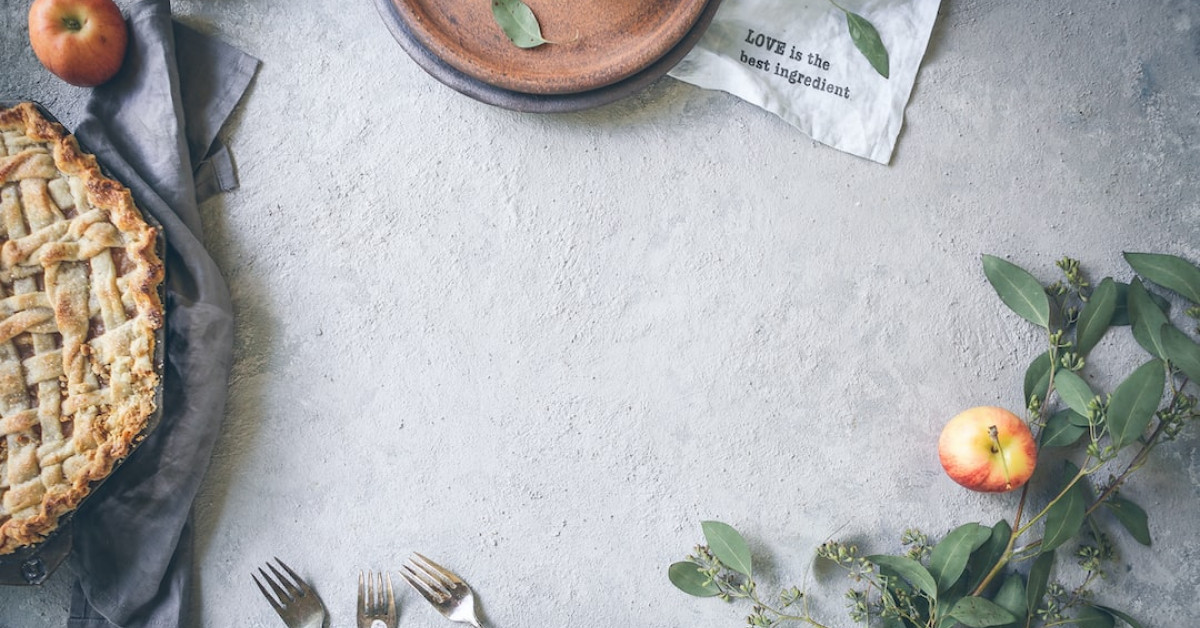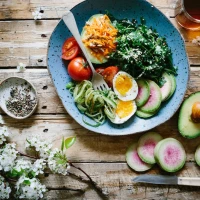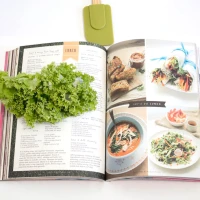The culinary domain is an ever-evolving landscape where creativity meets tradition, a space where artisanal skills are cherished and celebrated just as in the world of blacksmithing. Today, we delve deep into the rich tapestry of food preparation, unearthing the secrets and core components behind the metaphorical smithing table recipe. Like the sturdy table where metal is transformed, the kitchen too is a place of transformation—where raw ingredients are forged into gastronomic masterpieces.
Our journey through tastes and textures will be akin to shaping culinary masterpieces on an anvil of tradition and innovation. We’ll explore the quintessential elements that make a recipe remarkable, compare techniques that set apart amateurs from culinary blacksmiths, and understand the finesse required to create a feast that delights all senses. So grab your metaphorical hammer and apron as we forge ahead in the delicious realm of high-end cuisine.
Unlocking the Ingredients: The Foundation of Flavorsome Feasts
Every master chef knows that the basis of any outstanding dish lies in the selection of high-quality ingredients. Just as a smith chooses the best metals, culinary experts pick the freshest produce and the finest spices to craft their creations.
The Pantry Essentials: What Every Culinary Blacksmith Needs
- Fresh produce: Vegetables and fruits should be as fresh as possible for the best flavor.
- Herbs and spices: These are the blacksmith’s tools when it comes to adding depth and complexity to your dishes.
- Quality proteins: Whether it’s meat, fish, or plant-based, the protein acts as the centerpiece of many meals.
- Carbohydrates: Grains, pasta, and bread provide the body of the dish and satisfying texture.
Selecting Your Metals: A Comparison of Ingredients
Just as metals differ in their qualities and uses, so too do ingredients. In the smithing table of cuisine, understanding these differences is key the bold and the beautiful latest news.
-
Bold Text for Emphasis:
Organic vs. Non-organic: Organic ingredients are often thought to have superior taste and are better for the environment, reminiscent of pure, unalloyed metals.
Heirloom vs. Hybrid: Heirloom vegetables, akin to traditional metals, offer rich flavors that have stood the test of time.
Forging Techniques: The Smithing Skills of the Kitchen
Understanding Heat
Heat control is central to smithing and cooking alike. Masterful chefs know the precise temperature requirements for each dish, treating it as crucially as a blacksmith regards the forge’s flame.
- Slow cooking: Brings out flavors over time akin to tempering steel.
- Searing: Creates a crust, similar to quenching hot metal for strength.
- Baking: Comparable to setting the form of a metal piece—patience leads to perfection.
Manipulating Texture
Manipulating textures in food is identical to a smith hammering out imperfections to achieve the desired strength and flex.
-
Underlined Importance:
Crispy vs. Tender: A contrast in textures can enhance the eating experience just like hardness contrasts with flexibility in metalwork.
-
Bold for Key Concepts:
Resting meat: Just like cooling metal slowly, resting allows for redistribution of juices within the meat, resulting in optimal succulence.
Culinary Craftsmanship: Advanced Crafting Recipes for the Gourmet Smith
Delving deeper into advanced easy hoe cake recipes, we see the intricate dance of flavors and techniques, each step building on the last, to create dishes worthy of legend.
Secret Combinations: The Alloys of Cuisine
- Sauces and reductions: Combining multiple ingredients for the perfect emulsion.
- Marinades and rubs: Infuse your staples with profound flavors, just as alloys combine the best traits of different metals.
Mastery of Elements: Food Pairings for the Aspiring Gourmet
-
Bold and Italic for Emphasis:
Contrasting pairings: Sweet and salty, acid and fat, create a balance reminiscent of the well-tempered alloy.
The Final Presentation: Plating Your Masterpiece
Just as a finished metal piece is polished and presented, so must a dish be artfully plated for full visual and gastronomic impact.
-
Underline for Importance:
Garnishes and finishing touches: They are your signature, the maker’s mark on your culinary creation.
The Ultimate Comparison: A Taste for Quality and Craftsmanship
| Quality Ingredient | Smithing Metal Equivalent | Importance in Recipe Crafting |
|---|---|---|
| Organic heirloom tomato | Pure iron | Base for sauces and soups |
| Fresh basil | Gold leaf | A luxurious touch to garnish and flavor |
| Prime cut of beef | Damascus steel | Centerpiece, rich in flavor and texture |
Legacy Ingredients: Rare Finds in the Culinary World
The Mythic Spices and Herbs Chest
Herbs such as saffron and spices like vanilla beans are the mythic gems in our smithing table of cuisine—used sparingly but making a marked difference.
The Taste Forge: Recipes That Turn the Heat Up on Flavor
Culinary smiths brave the heat of their kitchens to forge dishes that would make even Hephaestus proud. Here are a few recipes that showcase our smithing table of flavors.
A Steel-Strong Starter: The Blacksmith’s Salad
- Robust greens: Like sturdy iron, they form a reliable base.
- Vinaigrette emulsion: A delicate balance akin to the finest alloy.
The Mains: A Plateful of Forged Excellence
The Braised Short Ribs: Slow-Cooked Perfection
A lengthy forge time results in meat that falls off the bone, imbued with the flavors it’s been bathed in.
The Seared Sea Bass: Quenched in Lemon Butter
The quick, high heat produces a crisp skin, contrasted by the tender, flaky interior, brought to life with an acidic, rich butter sauce.
The Smithing Special: A Dessert to Remember
Molten Chocolate Lava Cake: A Volcanic Delight
Heat must be carefully controlled for the cake to hold its form, yet allow the chocolate ‘lava’ to burst forth upon breaking the surface.
Mastering Your Own Culinary Forge
In the forge of culinary creation, each chef, like a blacksmith to their anvil, brings their unique touch to the table. The secrets of the smithing table recipe in the context of food are now yours to explore. With precision, artistry, and a burning passion, you can craft edible masterpieces that engage the senses, ignite the imagination, and leave a lasting impression like the most resilient forged steel. Craft on, gourmet smiths, for the world is your anvil, and your ingredients, the hammer and metal with which you create.










